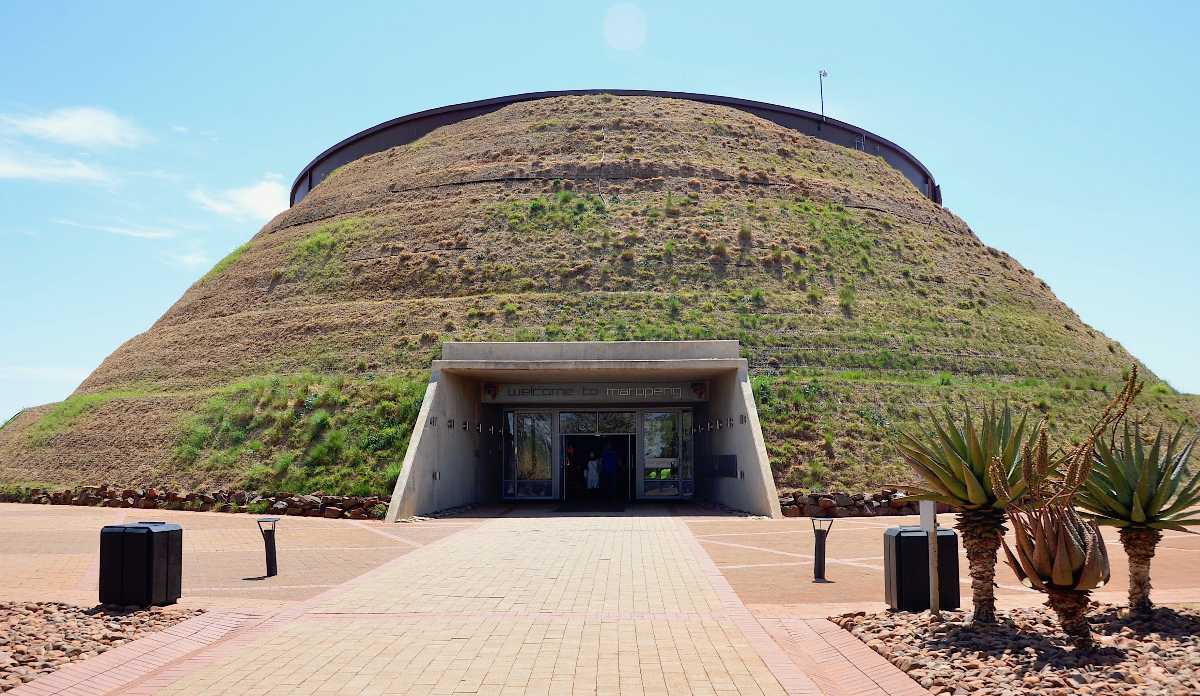The Ultimate Guide To Johannesburg North Attractions
The Ultimate Guide To Johannesburg North Attractions
Blog Article
Johannesburg North Attractions Fundamentals Explained
Table of ContentsHow Johannesburg North Attractions can Save You Time, Stress, and Money.6 Easy Facts About Johannesburg North Attractions DescribedJohannesburg North Attractions Things To Know Before You Get ThisThe Single Strategy To Use For Johannesburg North AttractionsLittle Known Facts About Johannesburg North Attractions.The Best Guide To Johannesburg North Attractions
The city owes its place to the existence of an even much more valuable resource: gold. The city expanded on the side of the Witwatersrand Key Reef, a subterranean stratum of gold-bearing quartz-silica empire that arcs for numerous miles underneath the Highveld. Many of the gold mines in the city stopped operation in the 1970s, but in its day the Witwatersrand gold sector made up greater than 40 percent of the world's annual gold manufacturing.Johannesburg has a warm environment. The city appreciates regarding 8 hours of sunshine per day in both winter months and summertime.
What rainfall the city receives drops nearly specifically in the summertime months, commonly in incredible late-afternoon electric storms. Air pollution postures a significant issue, especially in the cold weather, when thermal inversions impede the westward circulation of air from the Indian Ocean. Contamination is most extreme in the largely settled Black territories on the city's periphery, where numerous citizens still depend on coal for gas.

Johannesburg North Attractions - Truths
The equilibrium of the city is occupied by whites. Holiday accommodation differs in personality and quality. Soweto is infamous for its limitless rows of municipally constructed, two-room matchbox homes, yet it also has a few thriving territories along with teeming squatter camps, where 10s of thousands live without water, power, or sanitation facilities.
Physical development, although rather limited by transportation, proceeded promptly as immigration to South Africa, and Johannesburg particularly, increased substantially. This issue was addressed in the 1930s when the car was presented in automation to South Africa. Vehicles were, essentially, restricted to the rich, and allowed them to relocate to the north of the city and commute into the centre.
A lot of poor suburbs were combined, with bad blacks and whites living together, although the affluent suburban areas were typically booked for whites.
The previous system of eleven phoned number areas was reorganised in 2006. Marshalltown, as seen from useful content the top of the Carlton Centre. The M1 and M2 run behind the buildings, and the southerly suburbs prolong past the highway border. The central city of Johannesburg lies within the city's Area F. The estimated populace of the area is 200,000, [] The number of individuals living in the inner city on an informal basis is unknown, as many are unlawful immigrants. The majority of higher-income citizens and white people have transferred to the northern suburban areas and have actually been replaced by lower-income black people. The joblessness, education, and age accounts of the location are all unidentified, as a result of the difficulty of acquiring reputable details about the area.
The Johannesburg North Attractions Ideas
Yeoville and Bellevue have a mix of apartment structures and solitary domestic systems on small lots. The area is situated on a mountainous divide that runs from eastern to west.

Rumored Buzz on Johannesburg North Attractions
R. Tambo International Airport). The eastern suburbs are several of the oldest areas of Johannesburg, there are large areas of Jewish and other European histories, most of the population is English talking. There are 3 golf courses along my sources with a number of protected ridges with viewsites. There are a number of well-developed and up-market entertainment and purchasing locations in the eastern such as the Eastgate Mall and the Greenstone mall.
Initially built to house male migrant workers, many have actually been improved as residences for pairs and families. The suburb was not historically permitted to develop work centres within the area, so practically all of its homeowners are commuters to other components of the city.
Johannesburg North Attractions Can Be Fun For Everyone
The N1 Western Bypass connects the north residential areas with the north-western suburbs. have a peek at this website The residential locations in the north residential areas are mostly official, without any substantial locations of informal real estate, or real estate that does not have a long-term structure. This is a recognized location, there is a pattern of land usage change from household to industrial, particularly along main arterial roadways and around well-known nodes.
Roads to the east and west are much less well created, as there are no highways travelling in that direction. Towards the north border of the city, the density of growth lowers, leaving large areas of untaught land around Midrand.
Indicators on Johannesburg North Attractions You Should Know
, which is located on a hillside forgeting the inner city and Hillbrow.
Report this page